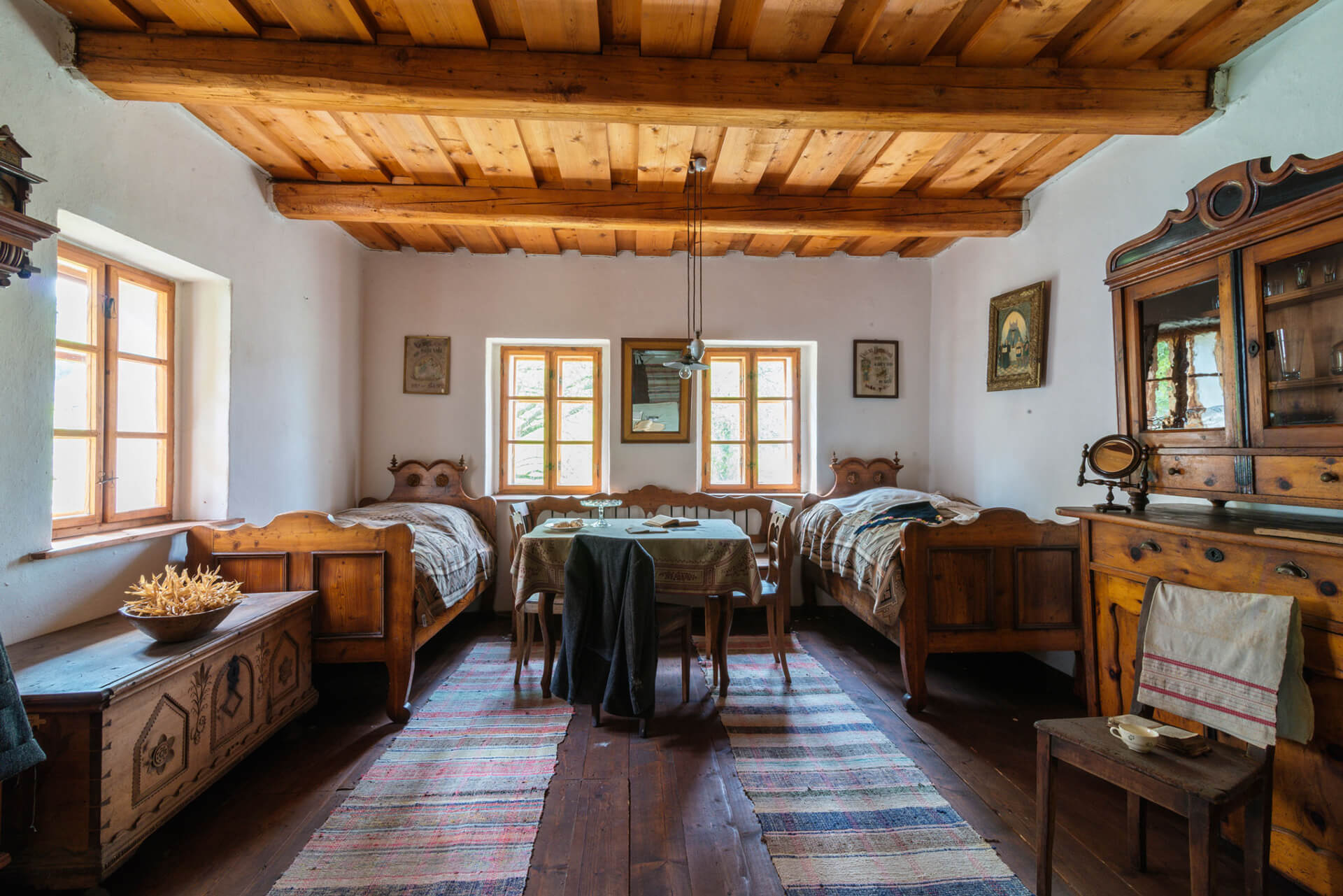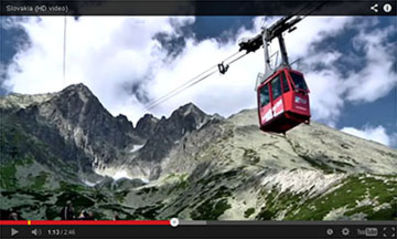In the age of computers and fast cars you can think about how our ancestors used to live. They lived a practical life in harmony with nature. You can see this with your own eyes in the museums of folk architecture still inhabited by people – Čičmany and Vlkolínec or you can just visit the open-air museums which have not only traditional houses, furnishings and equipment but which offer also the Slovak handicrafts demonstrations.

Čičmany has its typical painted rustic wooden houses so, when you are there, you will really feel like you are walking through a gingerbread village. Besides the geometric ornaments you will be certainly captivated by the Čičmany costume and embroidery. In Vlkolínec you will find the answers to the following questions: How did our ancestors live? Who were they? What did they do? How did they cook and what utensils did they use? What did they sleep on?

The biggest outdoor exposition in Slovakia is the Museum of the Slovak Village in Martin. It presents all the types of rustic dwellings with their traditional equipment, wooden beds and puffy duvets as well as folk costumes and embroidery displayed on the tables.

The Museum of the Liptov Village in Pribylina offers not only a rich programme but also its own exposition of animals, including the original Carpathian animal breeds.

The inseparable part of the Museum of the Kysuce Village in Nová Bystrica – Vychylovka is a historical logging back swath railway which once used to connect Kysuce and Orava regions. Nowadays it is the only functioning historical logging back swath railway in Europe and one of the few in the world.

Museum of the Orava Village in Zuberec – Brestová is famous for its 15th century wooden church from the village Zábrež. It has also precious documents about home linen production, blueprints, cloths and almost forgotten pottery and wood processing.

Come and see with your own eyes that once it was possible to live without electricity, computers and other conveniences of our modern life.

Author: Marián Ondrišík, Martin Vataj






















